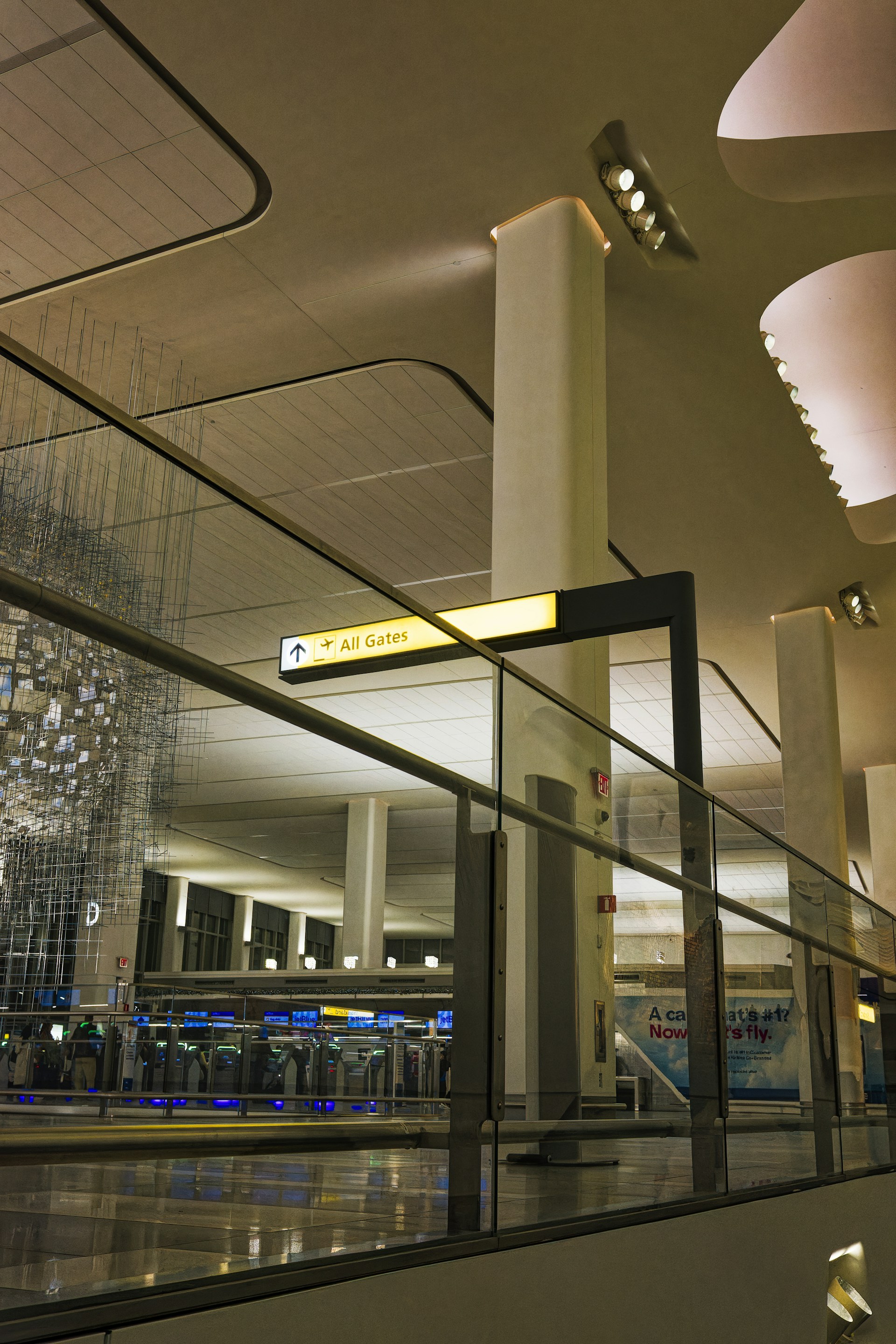An airport that learns how people move.

A busy terminal without shared intelligence.
One of the airports selected for Fibric’s early pilot serves large daily passenger volumes across concourses, gates, retail, and lounges. Lighting, HVAC, access, and signage operate as separate systems with limited coordination. Conditions change by the minute as flight banks shift, weather moves, and lines form, yet decisions are made with partial information. The pilot is collecting real time data on passenger flow, occupancy, temperature, humidity, and energy use to reveal how the terminal actually behaves and what a unified layer of intelligence can enable.


Early insights and expanding capability.
Based on the live data set, Fibric can introduce AI agents that predict crowd density at security and check in, prepare gate areas ahead of arrivals, and balance ventilation, temperature, and lighting by zone as occupancy changes. The AI Agents can synchronize daylight and interior lighting to improve comfort and reduce glare, place escalators and elevators in standby during quiet periods, and restore service in anticipation of the next flight wave. They can guide cleaning to the right restrooms and seating zones at the right time, surface early warnings for doors, fans, and conveyors by spotting unusual patterns, and shape power demand to match flight schedules. They can also signal retail and food and beverage when traffic is building so staffing and preparation meet demand. As the pilot expands, these agents will coordinate actions across the terminal in real time, improving comfort, efficiency, and flow with decisions that are timely, explainable, and safe.
